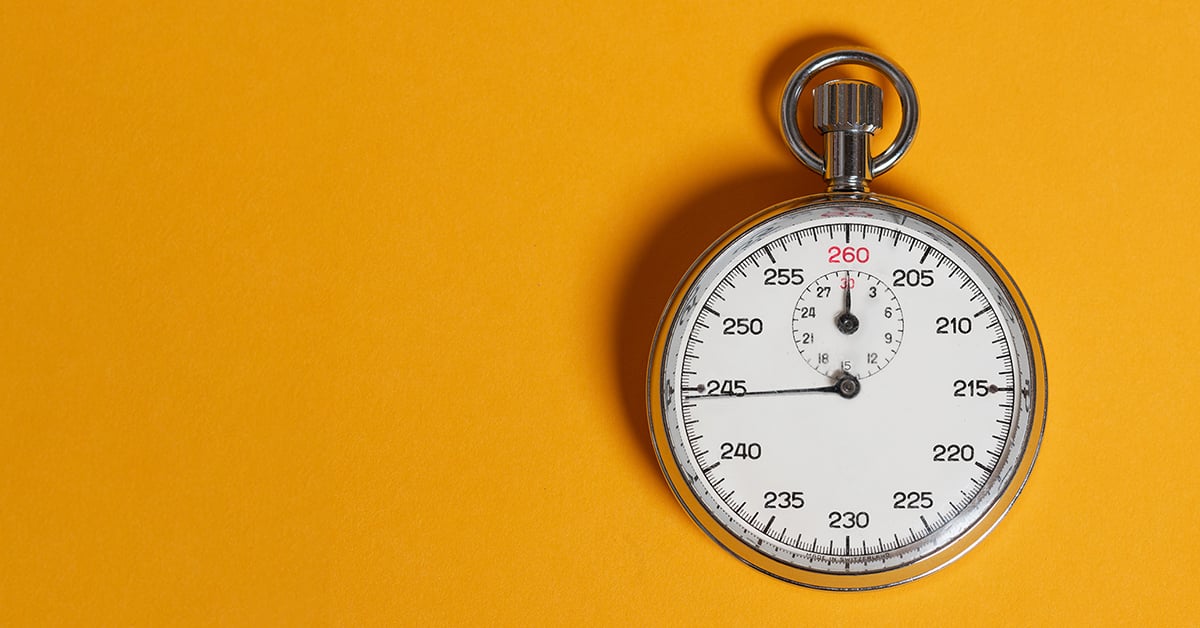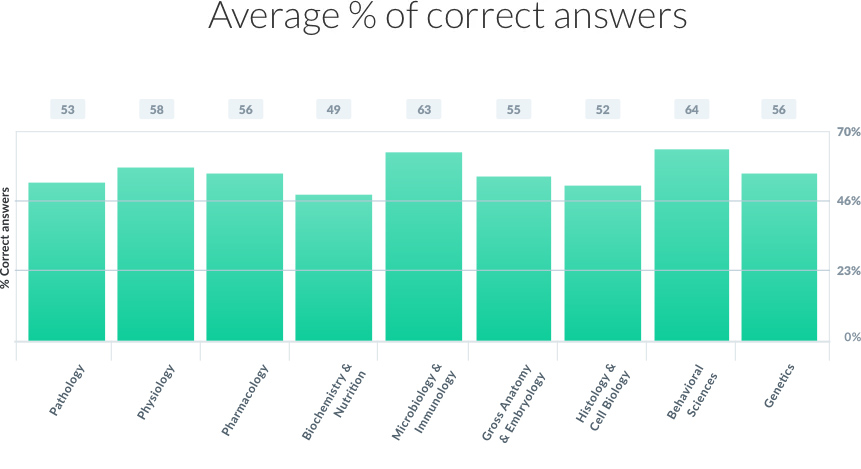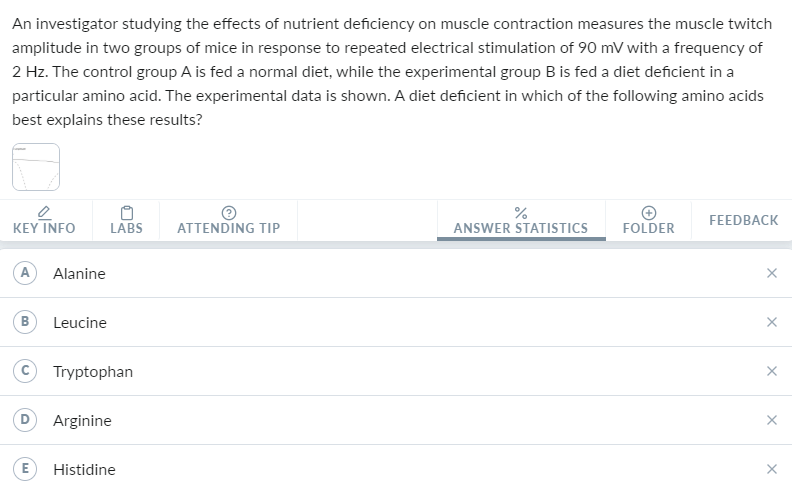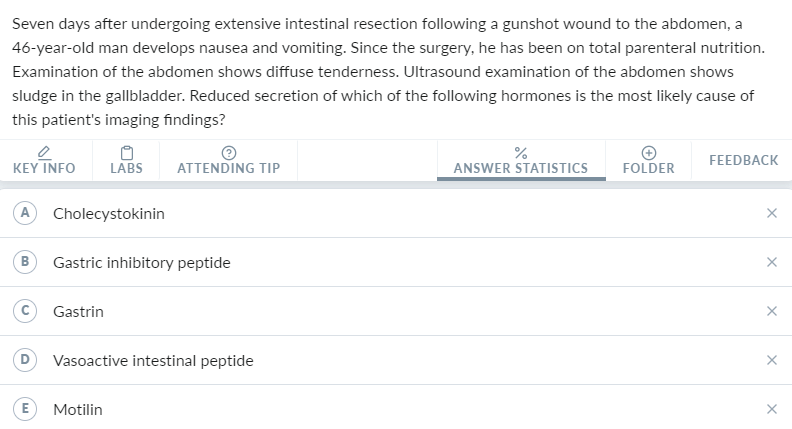Step 1 Self-Assessment 2020: Results and Analysis

The second AMBOSS USMLE® Step 1 Self-Assessment Week is over for another year. Now it’s time to take a look and see how this year’s Step 1 cohort performed.
Taking place from February 22 - March 1, 2020, the Step 1 Self-Assessment had over 15,000 participants in the US. This is an incredible increase from the 9,500 students that participated in the inaugural self-assessment of 2019. Students really got down to Qbank business, answering just under 2 million questions throughout the week and almost doubling the performance of the previous year.

The Step 1 Self-Assessment Format
The Step 1 Self-Assessment was a mock version of the USMLE® Step 1 exam. It was comprised of 4 question blocks containing 40 questions each and was presented in the official timed format of the USMLE. Students did not have to sit all the blocks in one sitting but were able to complete them at any time during the prescribed week.
The Results
Following the completion of the self-assessment, students received a score report with their predictive 3-digit score. The mean score of the entire cohort of AMBOSS USMLE® Step 1 Self-Assessment-takers is 214 with a standard deviation of 22.
The highest score possible was 280 and this was achieved by 2 students in the US.
The Questions and Disciplines
Students who took the self-assessment covered the wide range of questions and topics that are likely to appear on the real Step 1 exam. In our analysis of the results, we were able to see what proved to be the easiest and the most difficult disciplines and questions in 2020.
The disciplines students performed the best on were Behavioral Sciences and Microbiology & Immunology. The disciplines that saw the worst performance were Biochemistry & Nutrition and Histology & Cell Biology.

The question that most students answered incorrectly was related to the influence of amino acids on muscle function:

The question that most students answered correctly was about the hormonal causes of gallbladder stasis:

The top 5 recommended Articles from the Step 1 Self-Assessment are:
- Inborn errors of metabolism
- Congenital immunodeficiency disorders
- Diabetes mellitus
- Bacteria overview
- Overview of antibiotic therapy
How to Use Your Score Report to Score Higher on Step 1
The purpose of the AMBOSS USMLE® Step 1 Self-Assessment is not to predict the score students will get when they sit the real exam, but rather to identify their strengths and weaknesses. The score report contains personalized study recommendations that help students identify where they most need to focus their attention.
When reviewing these topics, students can avail of AMBOSS’ powerful study tools such as the high-yield Knowledge Library, the extensive Qbank, and our popular Guidance Mode feature. With these features, students can deep dive into the areas they struggled with the most. This will close any knowledge gaps and help them achieve their highest possible score.
A Final Note
The AMBOSS USMLE Step 1 Self-Assessment is designed to test students who are going to take their Step 1 exam and to help them create a rigorous study plan. To do this as effectively as possible, we make our questions a bit more difficult than the questions that appear on the real exam. As we never want students to feel discouraged, it is important to keep this in mind when analyzing the score reports. We believe that students who go through meticulous preparation and have exam experience will perform better when it’s time to take the real test.
